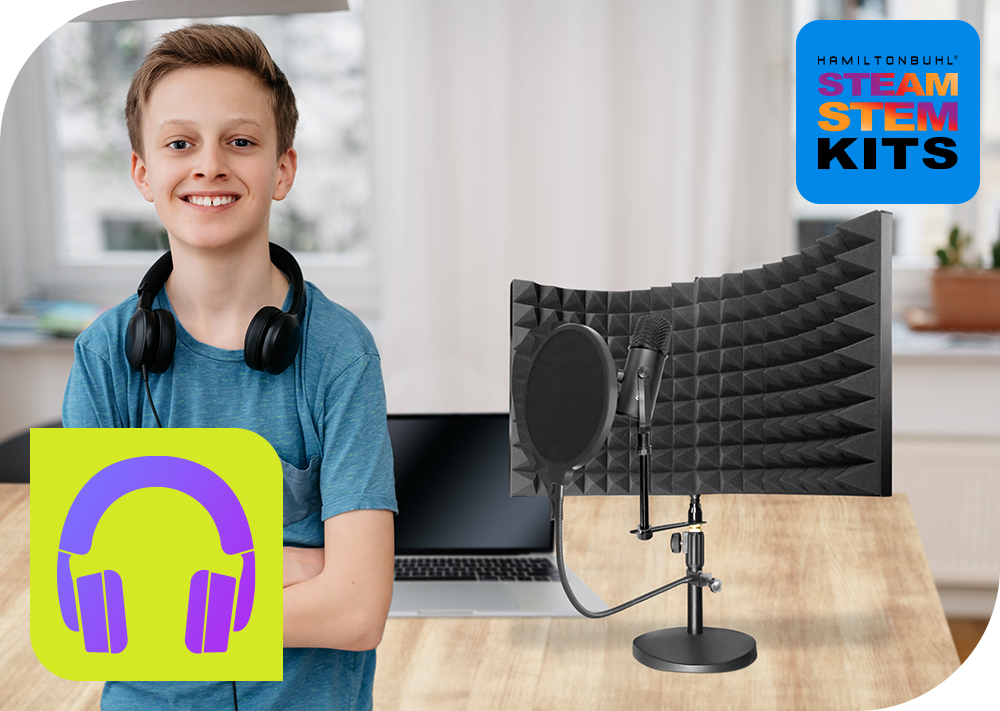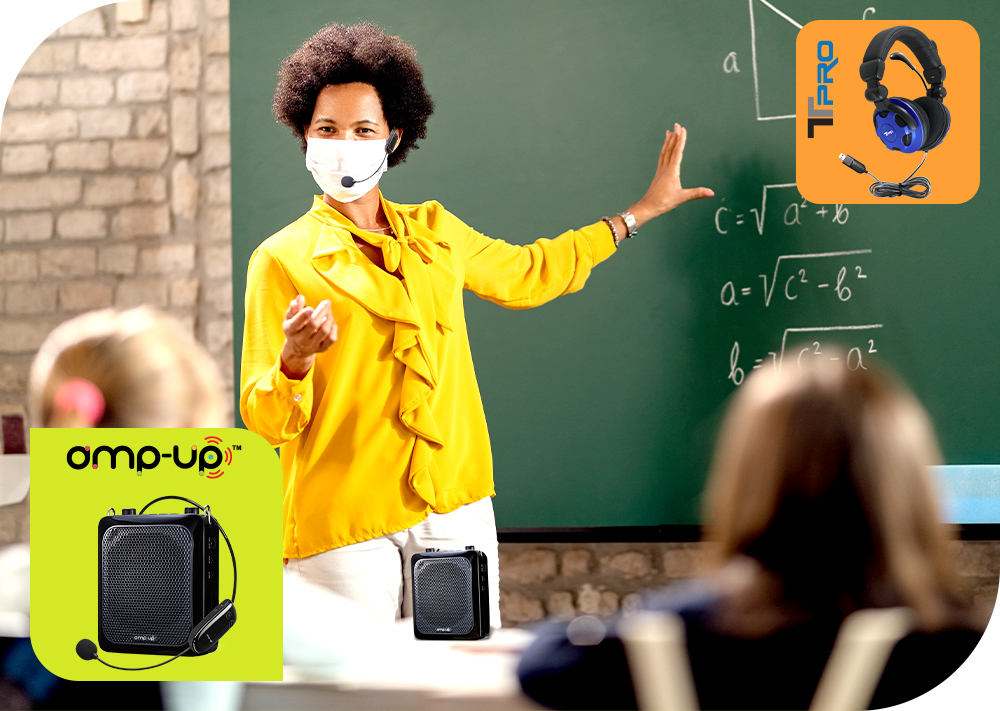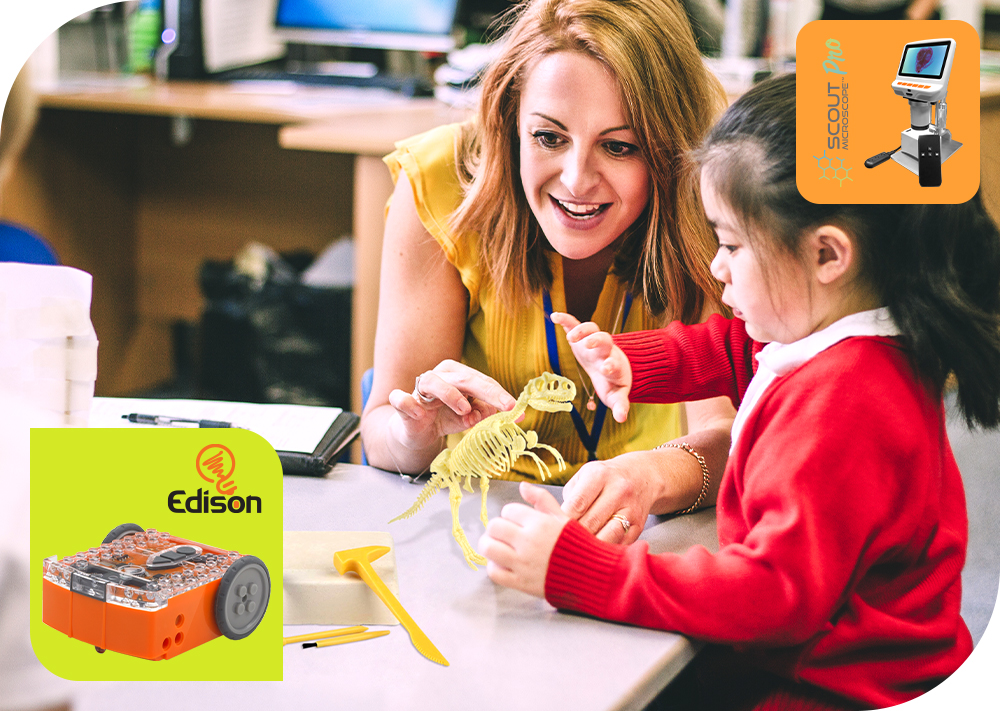
Maximizing Relief Funding for Your School
Congress has provided financial support through the following relief plans: Elementary and Secondary School Emergency Relief (ESSER and ESSER II) Funds, the CARES Act, the CRRSA Act, and the ARP ESSER Rescue Plan (ESSER III). These funds are allocated to each state in the same proportions as their Title I, Part A grants.
The Coronavirus Aid, Relief, and Economic Security (CARES) Act included $13 billion in funds as of March 2020. Another $54 billion was allocated as of December 2020 through the Coronavirus Response and Relief Supplemental Appropriations (CRRSA) Act. In March 2021, another $122 billion was scheduled through the American Rescue Plan (ARP) for ESSER III (ARP ESSER).
How Districts Can Use Relief Funds
Relief funds can be used on any “activity authorized by the Elementary and Secondary Education Act.” ESSER II and III legislation specifies that funds can be used to address learning losses, e.g. These relief funds can be used for:
- Assessments
- Identifying and addressing unfinished learning
- Instructional materials
- After school/extended day
- Summer learning
- Professional development
- Mental health services
- Software, hardware, connectivity
- Teacher’s pay
How HamiltonBuhl® is Helping
HamiltonBuhl® is providing numerous resources necessary to maximize relief funding contributions – outfitting schools with products that are specifically-aligned and designed to meet funding requirements.
Guidelines for
Relief Funding
Safety & Relief Funds Available to You!
ESSER – C.A.R.E.S. – Headstart
What Products are Aligned with Relief Funding?

Basic Resources
Providing resources needed for individual schools

In-School and Hybrid/Remote Learning
Planning for and coordinating long-term closures (including on meeting IDEA requirements, how to provide online learning):

Clean & Healthy Environment
Purchasing supplies to sanitize and clean LEA facilities, including buildings operated by the LEA:

Educational Technology
Purchasing educational technology (hardware, software, and connectivity), that aids in the regular and substantive educational interaction between students and instructors, including low-income students and students with disabilities, which may include assistive or adaptive technology:

Supplemental Learning
Summer learning and supplemental after-school programs, including providing classroom instruction or online learning and addressing the needs of low-income students, students with disabilities, English learners, migrant students, students experiencing homelessness, and children in foster care:

“Boost-Up” for Individual Schools
Discretionary funds for principals to address the needs of their individual schools:
